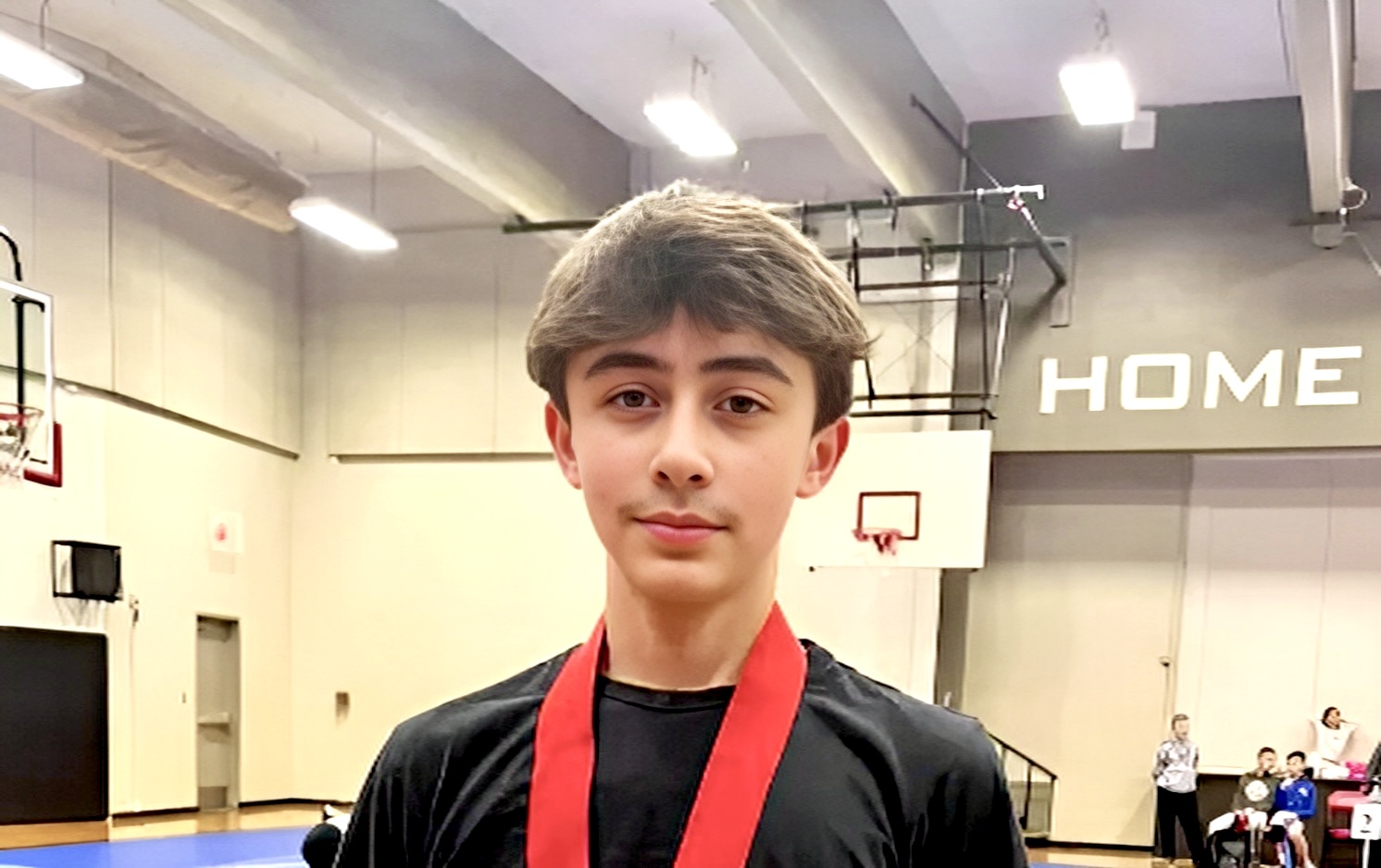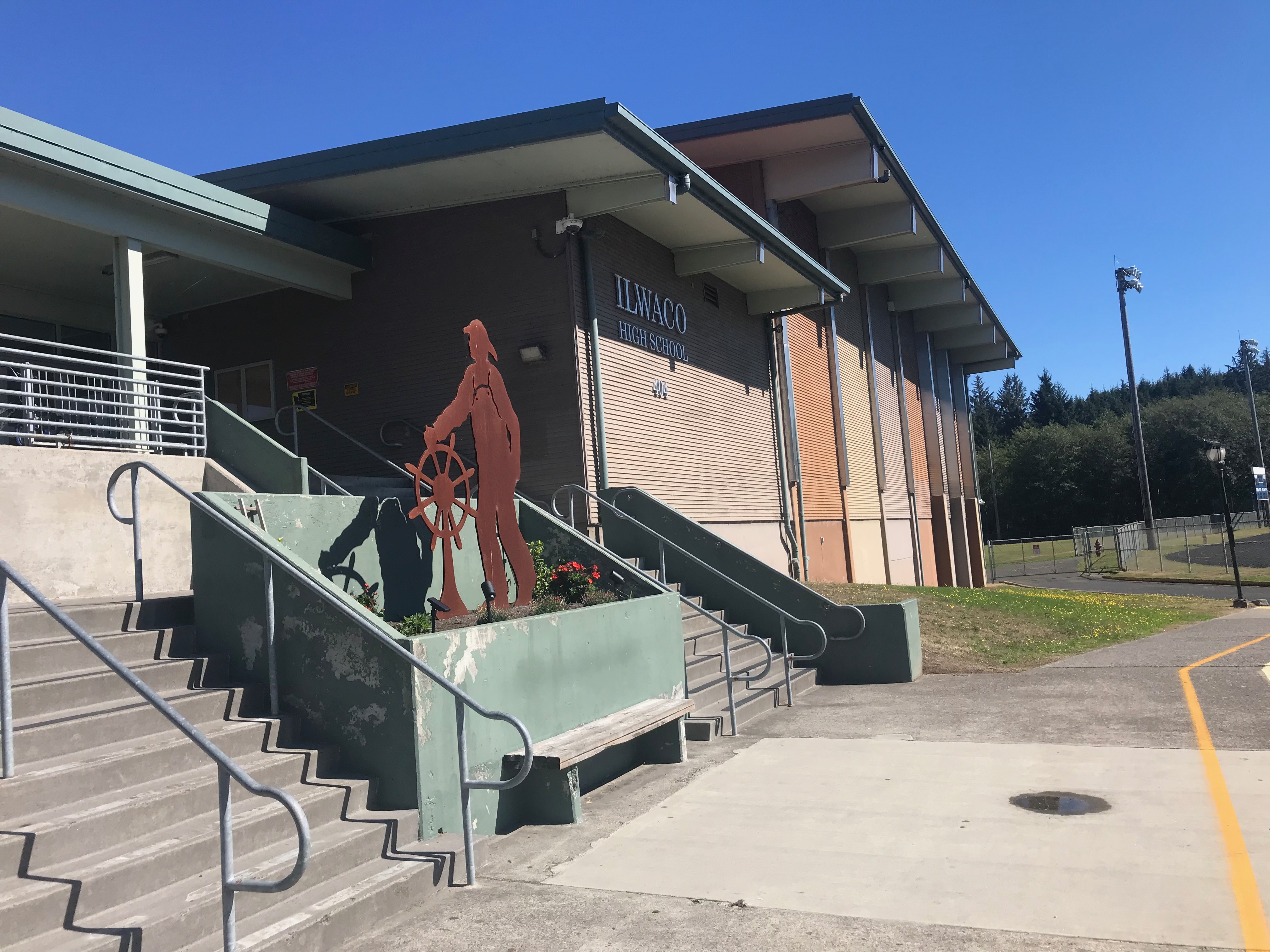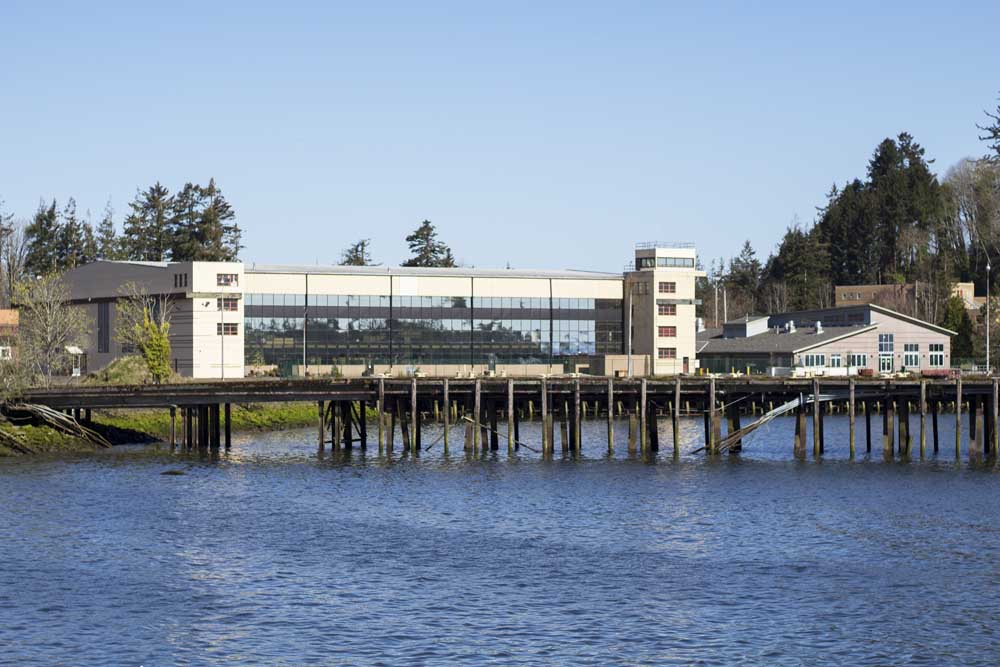Domoic acid hurt jobs, along with clams
Published 9:15 am Wednesday, May 31, 2017
OCEAN PARK — It’s sometimes asserted that a butterfly flapping its wings in China can cause a hurricane in the U.S., describing how small events can lead to large effects. Last spring a short algae bloom off Oregon may have contributed to an increase in nutrition insecurity on the Long Beach Peninsula.
Algae blooms can cause high domoic acid levels in razor clams and crab. Domoic acid is a naturally occurring acid produced by algae that can be harmless to fish and shellfish, but can cause nausea, vomiting and neurologic symptoms in humans who consume it.
These levels remained high through much of the clamming season on the southern beaches of Washington. In turn, domoic acid was responsible for extended cancellation of the clam digging season and reducing Peninsula tourism to a drizzle, depriving hotels, restaurants and retailers of their winter flow of cash. The extra jobs that come with the clam digger dollars vanished as well. Crabbers lost days of employment due to a delayed season. Retail and Hospitality businesses took a big hit.
Okie’s Thriftway store manager Brad Woodham saw monthly sales drop significantly while Shakti Cove owner Jeff Homer reports many of their hotel rooms sat empty this winter. Low rentals caused Shakti Cove to reduce their winter hiring from two to one person and dramatically reduced the one hire’s hours. These stories are echoed the length of the peninsula. A small algae bloom led to empty cupboards for some.
According to Food Bank President Michael Goldberg, the new year in supplemental nutrition services at the Ocean Park Food Bank paralleled these changes. By February, the food bank recorded an almost 25 percent increase in the number of families serviced, to a total 1,515 individuals. Sixty-four of those families were new to the food bank. At least six of those people were homeless.
By May the increase in numbers surged to an average of 61 new families per month, sustained over a six-month period. Designation as a “new family” can mean they never have received services before, or it can mean they have not received services in several months and are now requesting services again. Remarkably, a third of families served live outside of Ocean Park and so traveled some distance for assistance.
At the same time demand went up, total food deliveries from the food bank’s main supplier, Northwest Harvest, counted in pounds of food, fell by 4,000 pounds. Northwest Harvest is a nonprofit food bank distributor operating statewide in Washington, serving a network of 375 food banks; meal programs and high-need schools.
To make up for the difference, the food bank spent over $7,000 on supplemental food items to meet the need. That amount came close to exhausting their cash reserves and would not work as a long term strategy. Vice President Cookie Preston attributes the generosity of the peninsula community for the food bank’s ability to handle fluctuations in large food donations from Northwest Harvest.
“Those cash donations allow us to make up the difference. If we were running like Northwest Harvest [reducing services when supplies are low], we would run out of food, and folks in the community would suffer. If push comes to shove, we might not have it,” Preston said.
Many community members, groups and clubs make monthly cash as well as food donations, including one resident that presented five crisp $100 bills every month along with a personal blessing. Sadly, this generous supporter died this spring, reinforcing the fluidity and fragility community donations.
Cash donations also allow the food bank to purchase specific foods to round out their menu, including fresh eggs, margarine and peanut butter. In one case they were able to buy $4000 of ground turkey for their clients. This flexibility creates a win for their clients who can now take these diverse ingredients home and make the food they like. A satisfying, nutritious meal does more for a sense of well being than just consuming calories. Along with direct individual cash donations, charitable foundations also contribute, The Lauren H. Corder Foundation is among them.
The Ocean Park Food Bank operates largely with a legion of volunteers. Volunteer Coordinator Kathie Smith has her hands full finding and organizing other willing hands. The food bank is open four days a week with three people staffing the center each day. Volunteers with pick up trucks make the trip to Astoria’s Dollar Tree, Safeway and any other retailers with a deal to purchase proteins such as chicken, and other sale items to stock the shelves. Volunteers staff a kind of bucket brigade to empty the large semi-trailer when Northwest Harvest delivers, and the EMTs and firefighters around the corner are always willing to lend a strong back or two when needed.
One donation program stands out as a direct and personal contribution to the food bank’s mission, the Simple Gesture program. As described by Board member Charlotte Paliani, “Each week when shopping we ask that the person pick up one extra item, store it in a green bag we provide. Each bag has the year’s schedule on it and suggestions for items.”
But it is not just food they ask for. Household items and toiletries are welcome as well. Many food bank clients also receive SNAP (previously food stamps) benefits, yet SNAP does not cover non-food items, such as toothpaste, hand sanitizer and soap. Volunteers criss-cross the peninsula collecting the full green bags, delivering them back to the food bank for sorting and stacking, by once again, volunteers. Remarkably, all corners of the local community donate all year round.
The Ocean Park Food Bank operates in its own delicate balance with other businesses and services, either receiving direct food donations from local businesses or direct cash infusions from organizations, businesses and individuals. Supply and demand rules apply here, and it takes a light touch to keep the balance. Okie’s Thriftway and Jack’s Country Store participate in other ways as well, as a source of purchased food. Local residents aren’t the only bargain hunters. A sale is a sale, and when milk is discounted, the food bank is right there waiting, check in hand.
However, draining one resource only shifts the need elsewhere. The deeper pocket food bank shops carefully to avoid buying out a good deal on groceries, often negotiating limits with the grocers so other deal-seeking customers can benefit from the windfall as well. Many customers also manage a careful budget as well and rely on the occasional sale to meet personal budgets. Responsibility to the greater market is a must, so planning, ordering and consulting with the retailers is a necessary and critical component of balancing community needs and services.
The Ocean Park Food Bank operates alongside other nutrition support programs as well. School lunch programs offer subsidised lunches for qualified students. The Food4Kids Backpacks in Ocean Park administered by John Dickerson and the Ocean Park United Methodist Church and In long Beach by Natalie Hanson and the Elks Lodge, fill backpacks full of easily preparable and ready to eat foods for students to take home on the weekends. Some backpacks also include food for siblings. His Supper Table in Long Beach provides free meals twice a week for anyone in need. The Ilwaco Food Bank provides nutritional support for residents of the southern peninsula.
All of these unique and independently operated organizations work to provide nutrition support as varied as the needs of the people they serve. Where one program leaves off, another picks up, creating a web of services for the community. The hope of all these labors is to always provide nutrition, and sometimes include non-food items for those who need them.
According to Washington state data, the median household income in Ocean Park is just above $22,000 for permanent residents. Some of these families are non-traditional families comprised of a collection of non-related people, who struggle to provide food for themselves and those that rely on them. Many of them work itinerant or seasonal jobs, such as those generated by clam digging tourism, farming or fishing. Others are on fixed incomes that sometimes don’t stretch far enough. Some have surprise medical bills, and some are struggling for other reason, often too personal to disclose.
One such recipient, now a full time employee at a local business, used to the food bank to boot strap herself up to regain her family. Having lost custody of her children, she first rebuilt her health and stability. But when she was allowed weekend custody of her children, she found her SNAP benefits falling short of the mark. The food bank was able to fill in the gaps so that she could provide safe shelter and solid nutrition as she worked to reunite her family. She only accepted what she needed and over time proved her ability to be the good parent she always wanted to be. Today she, her children and her partner live as a family and no longer need assistance. It is these kinds of stories that propel the Food Bank’s mission.
And through it all the Ocean Park Food Bank mission is to provide nutritional support for people experiencing food insecurity. A family asks for food and the food bank gives what it can.
“We have a food bank and our mission is to hand out food, and as long as we do that, we are doing our job,” said Michael Goldberg. And he takes the job seriously. “We have the confidence of the people that give us food, give us money, and we try very hard spend the money wisely. No luxuries for the building. We spend a lot on food, we are cautious, conservative with the money, and we get a lot of satisfaction that we are running an organization that is doing what it is supposed to do and the clients seem to appreciate what we do,” Goldberg said.
The interdependence and interplay between small events and large effects continues. Each bag of foods represents the efforts of Federal programs run by the Department of Agriculture, statewide programs such as Northwest Harvest and the Ocean Park Food Bank, peninsula based funding organizations and businesses such as the Corder Foundation, grocery stores, social clubs and service organizations, and finally the many, many individual volunteers and donating residents. It is an intimate, small exchange of food between people with a large community impact. These simple gestures nourish the body as well as the community spirit, and communities are built out of this.
Goldberg summed it up, “People thank us, and are appreciative that the community cares about the people who live here, that people are concerned about each other.”





